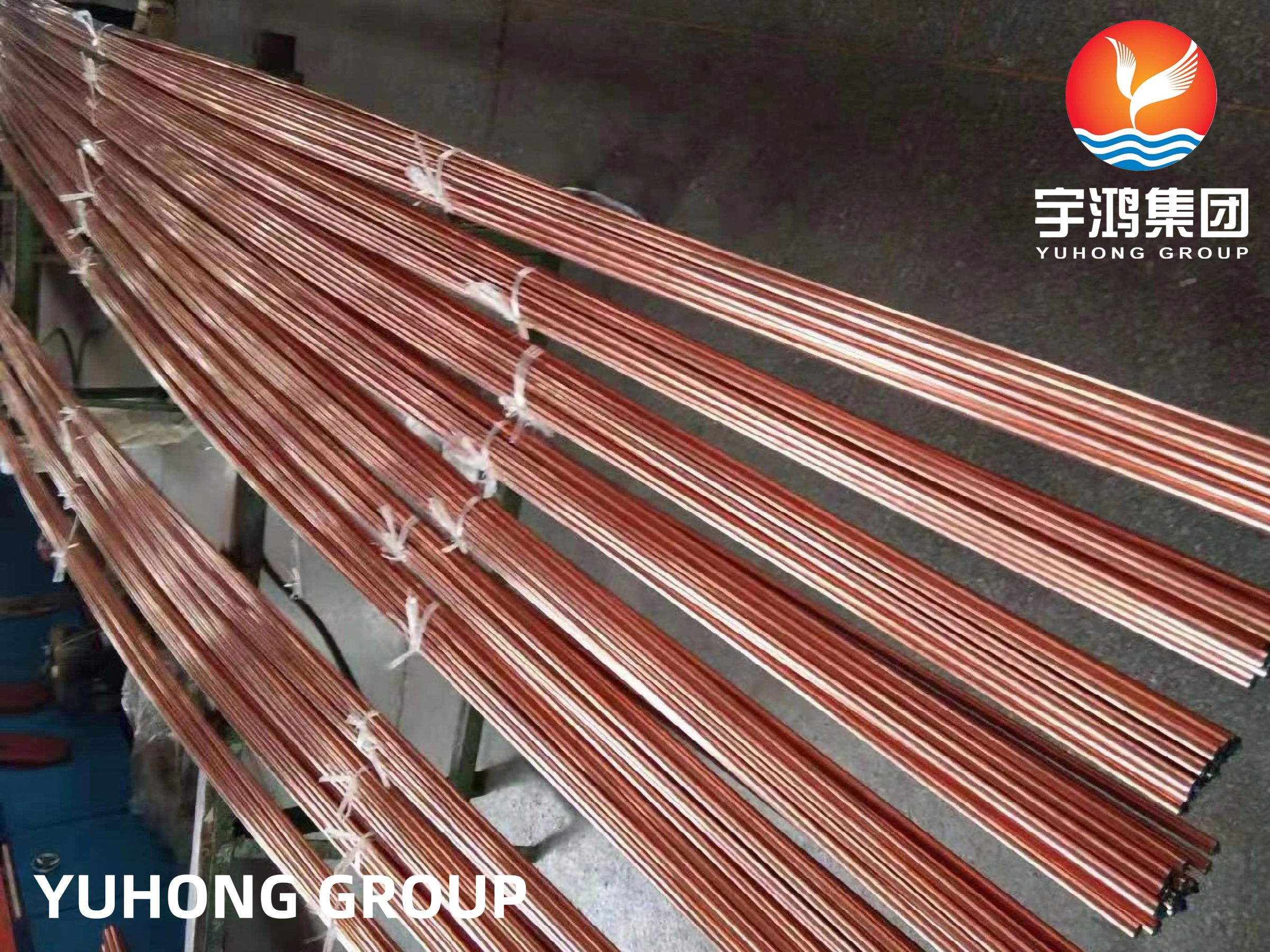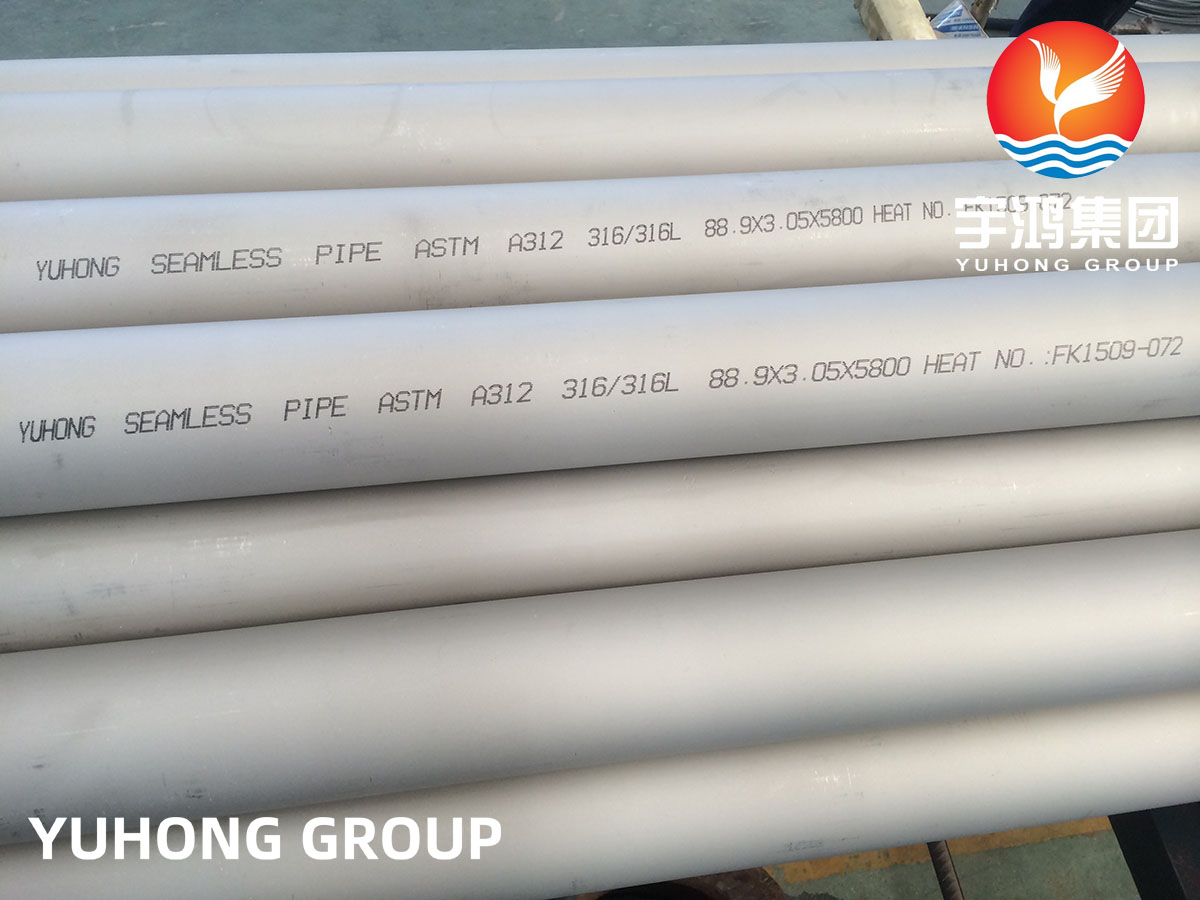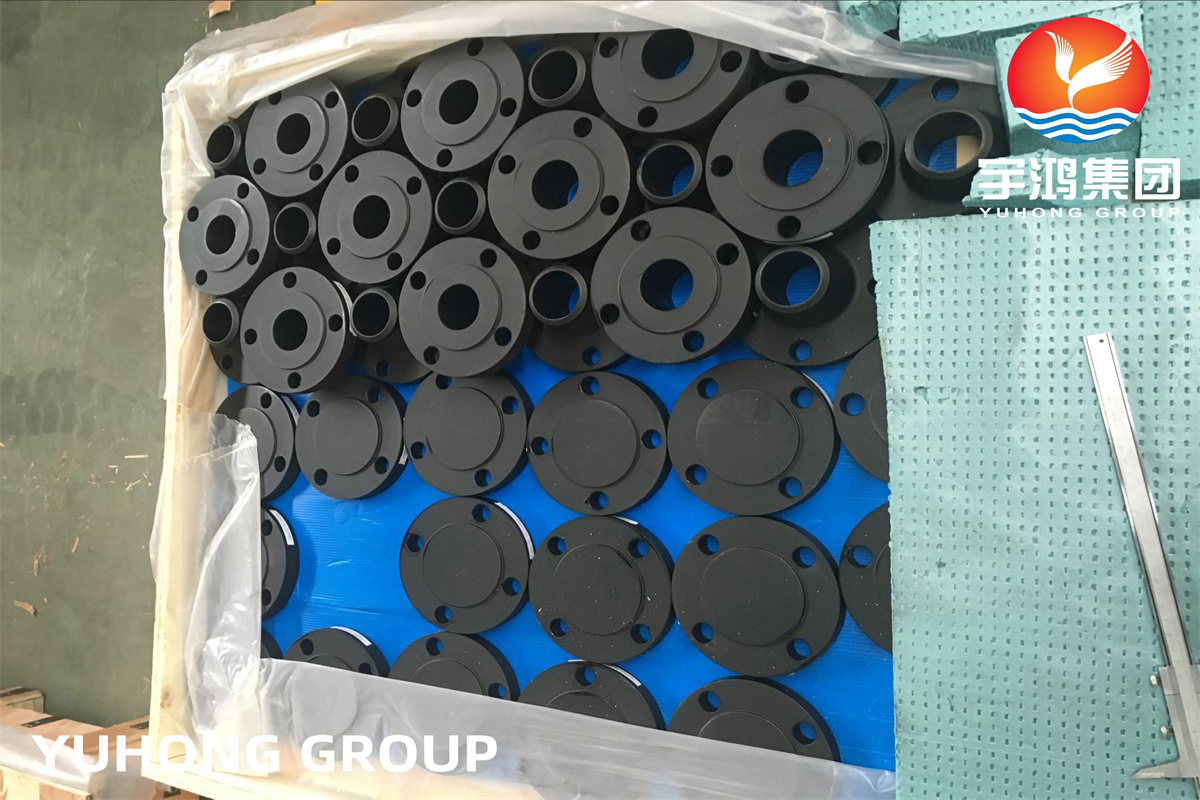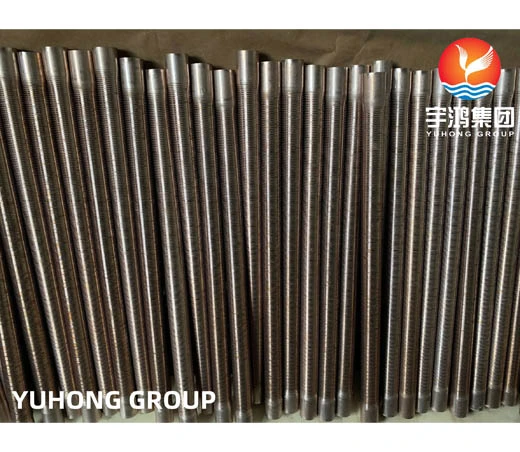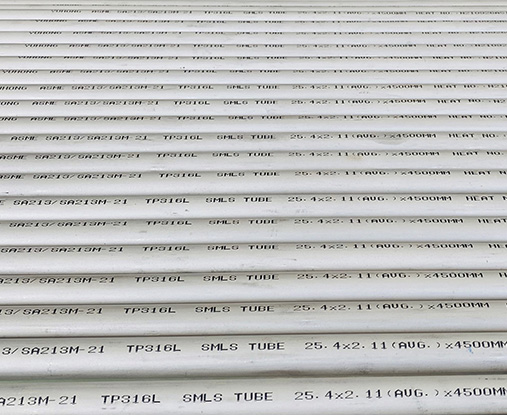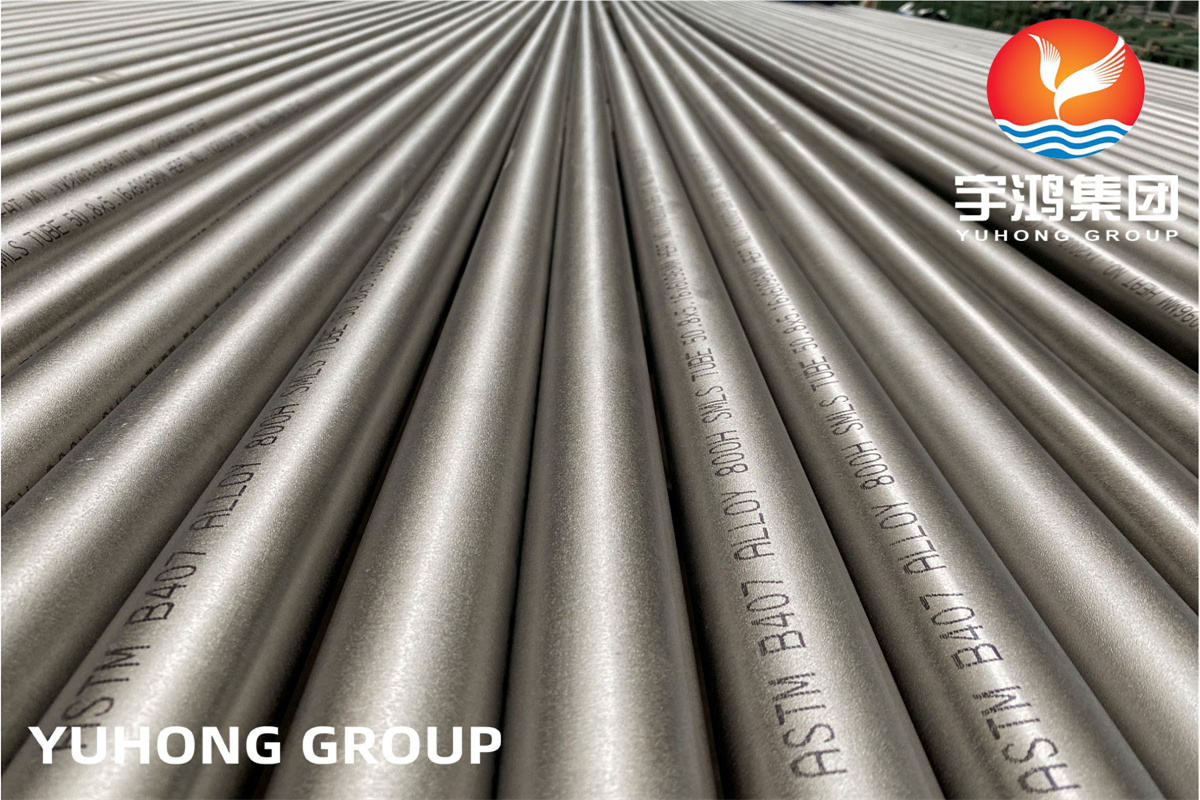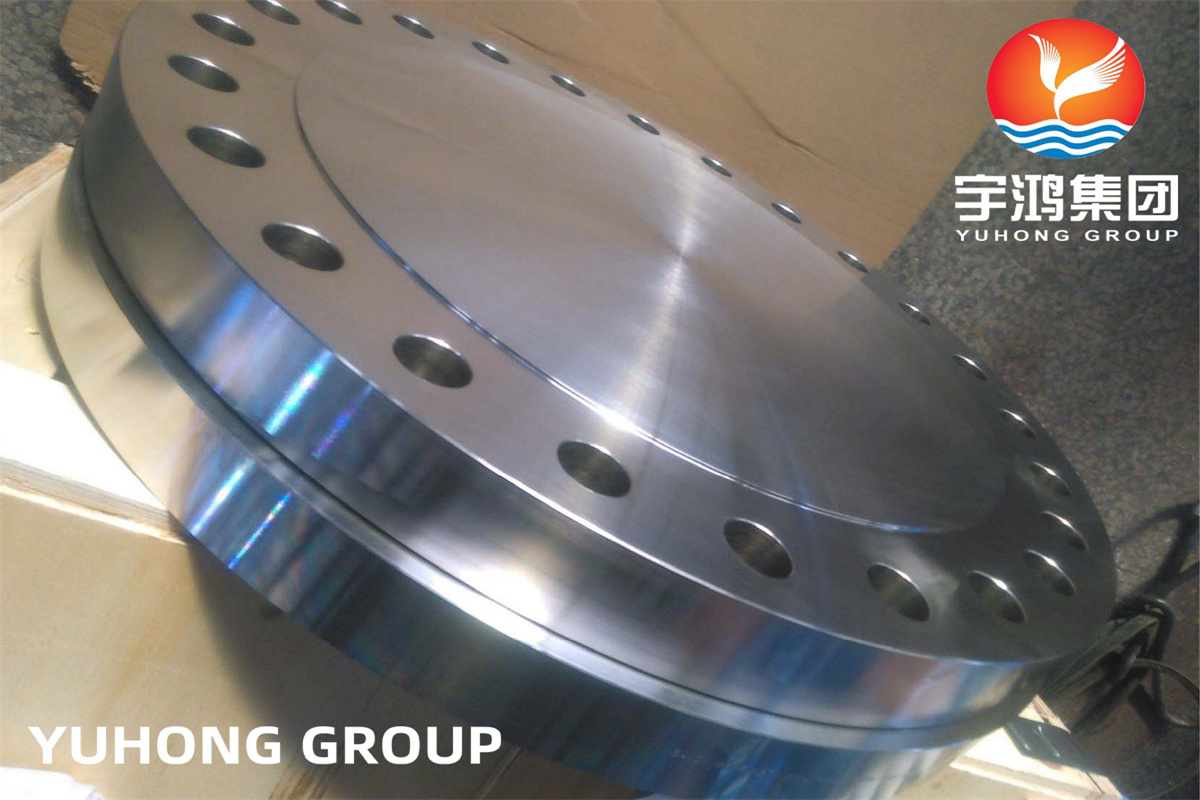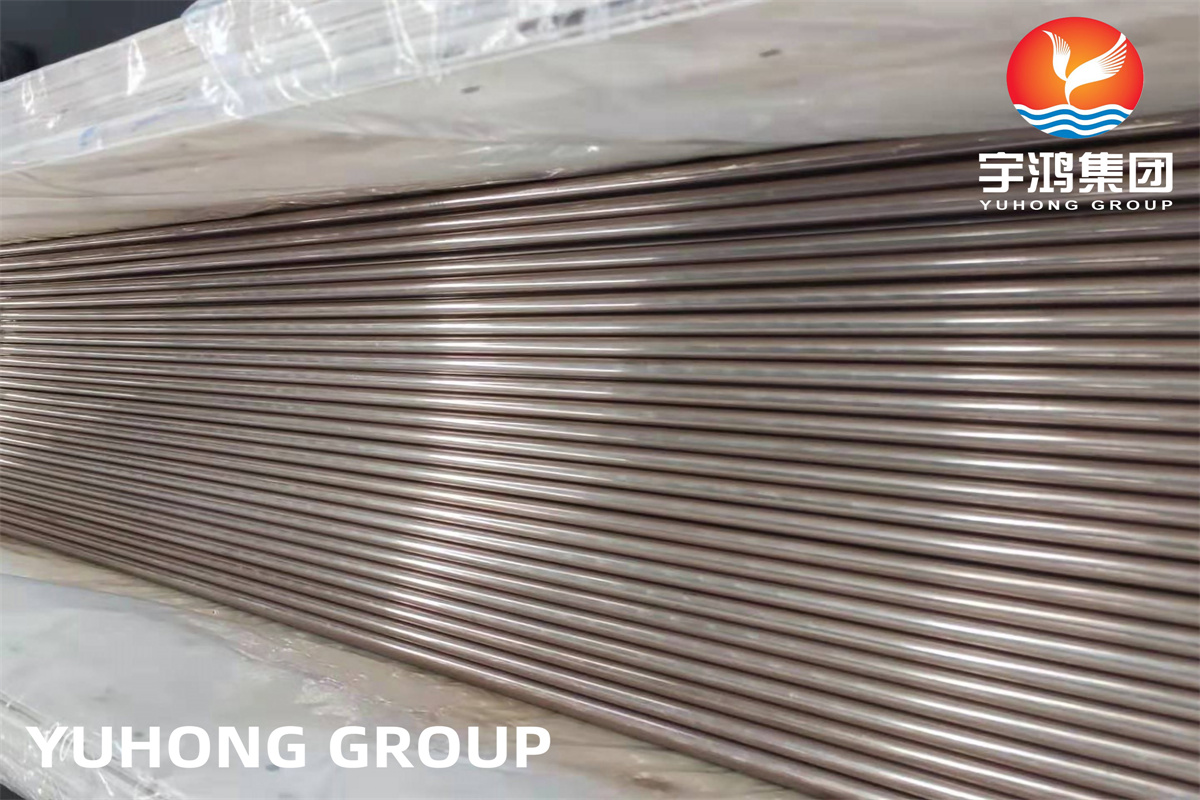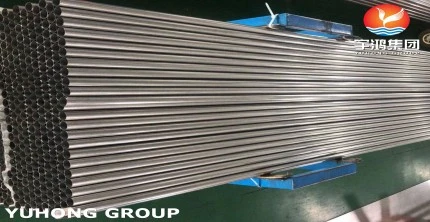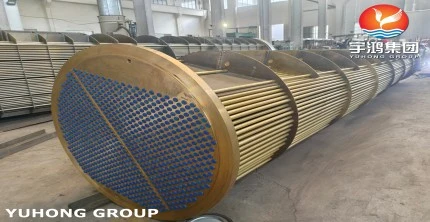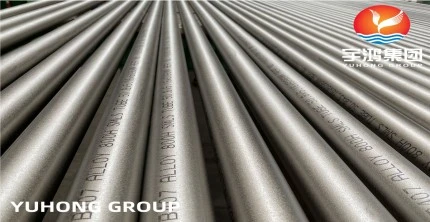Monel alloy is a nickel-copper alloy. It has two grades, MONEL400 and K-500, which generally refer to Alloy 400. Alloy 400 has excellent resistance to neutral and alkaline salts and has long been the standard material in salt production systems. It is one of the few materials that can come into contact with fluorine, hydrofluoric acid and hydrogen fluoride or their compounds.
The material is highly resistant to alkaline media, it behaves better in seawater and has higher resistance to cavitation than copper-nickel alloys. Alloy 400 can come into contact with highly dilute inorganic acids such as sulfuric acid and hydrochloric acid, provided they are not ventilated.
Since the alloy does not contain chromium, the corrosion rate increases significantly under oxidizing conditions. Although Alloy 400 is resistant to stress corrosion cracking, it will still exhibit stress cracking in the presence of mercury or moist, aerated HF vapor. Under these conditions, stress relief annealing is necessary.
Welding Characteristics
The microstructure of Monel alloy is single austenite, and its welding characteristics are basically similar to austenitic stainless steel. Nickel-based corrosion-resistant alloys such as Monel have the following welding characteristics:
1. Selection of Welding Methods
Monel 400 alloy can be welded by the method of welding chromium-nickel austenitic stainless steel 316L. Gas tungsten arc welding has been widely used in the welding of 400 alloy. You can use the corresponding ENICU-7 electrode for manual arc welding or the corresponding ERNICU-7 wire for argon arc welding. When welding nickel-copper Monel alloy and pure nickel, the pores are highly sensitive and the weld grains are coarse. Therefore, titanium is generally added to the welding rod and wire as a deoxidizer and modifier to obtain a satisfactory weld.
2.Key Points of Welding Process
For manual welding and automatic welding of Monel alloy, the direct current connection method is generally used. Welding machines are usually equipped with high-frequency current to ensure arc ignition and current attenuation devices to gradually reduce the size of the burner when the arc breaks.
During welding, the arc should be avoided from stirring the molten pool; the heated wire end must be in a protective gas to avoid oxidation and contamination at the hot end; the welding wire should enter the molten pool at the front end to avoid contact with the tungsten electrode.
The flow rate of the protective gas is approximately 4L/min for thin plates and increases to 14L/min for thick plates. It should be noted that too much gas flow may increase turbulence and even cause premature weld cooling.
When single-sided welding is completely penetrating, a copper pad with a concave groove is required on the back side, and a protective gas is passed through it at the same time. In order to enhance the protection effect of the welding area, a drag cover can be added behind the nozzle to assist in delivering protective gas.
.jpg)

 English
English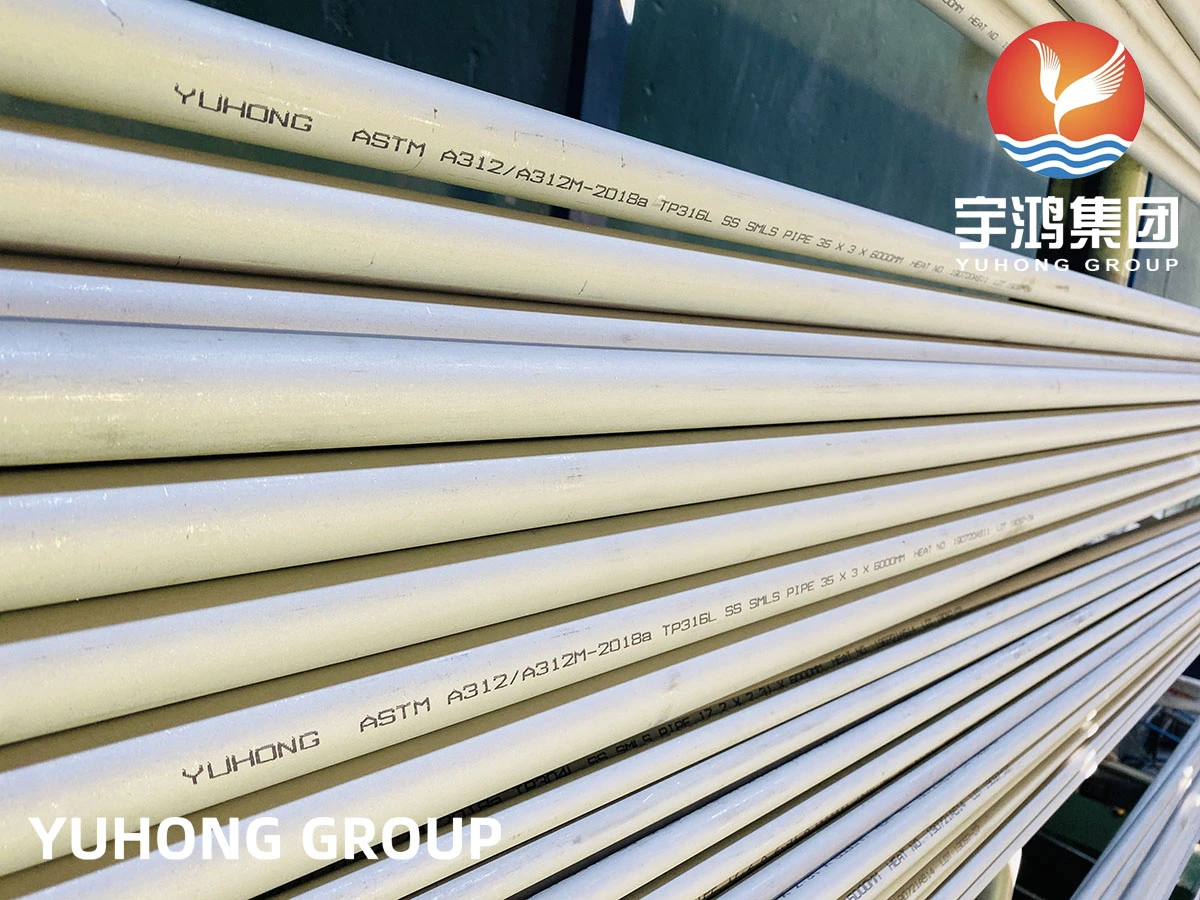
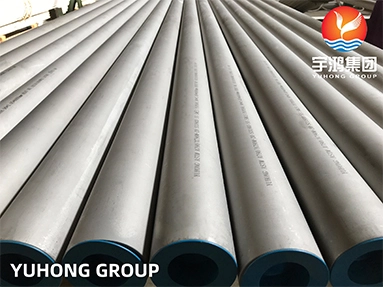
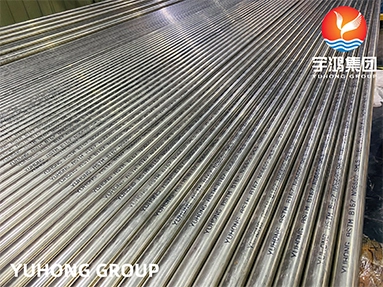
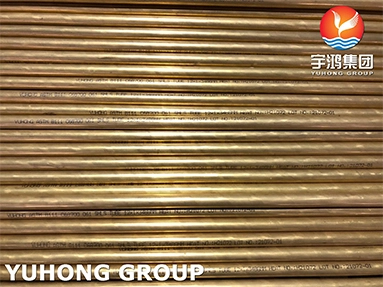
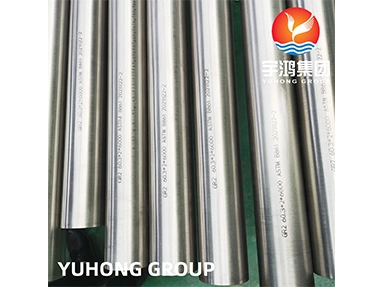
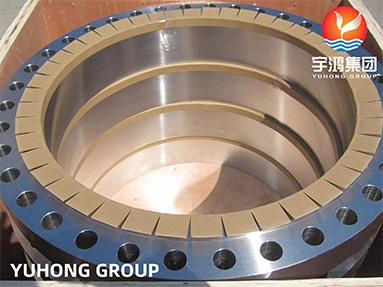
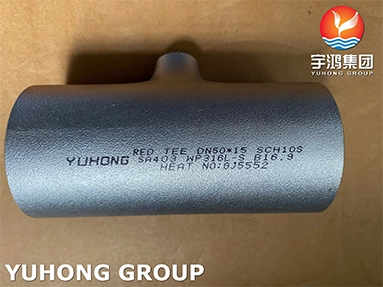
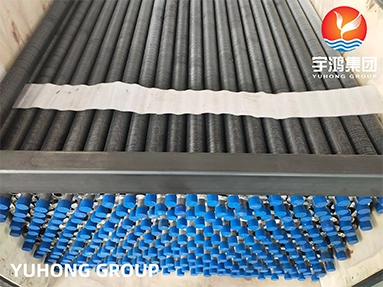
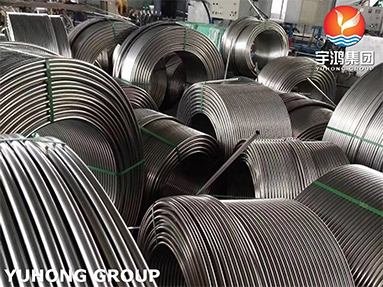


.jpg)
